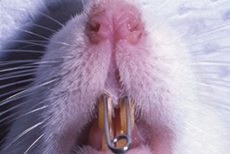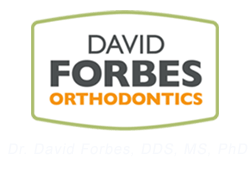A Quantitative Approach from Effects of Force Magnitude on Sutural Model
 Orthodontic tooth movement is dependent on the induction of a bony remodeling response by a mechanical force. Although sophisticated advances have been made in force delivery systems, relatively little is known to explain how changes in the applied forces affect the biologic system. For many years knowledge of the biologic response to an orthodontic force had been limited to information gained only from histologic studies. Beginning with Sandstedt in 1904, several investigators studied the histology of orthodontic tooth movement, which was described in terms of compressive (resorptive) and tensile (formative) responses. Unfortunately, the cellular mechanisms involved in the activation and control of bone-forming and resorbing processes were not well understood. Recently, biochemical and cellular biology studies have helped to characterize the bony remodeling response. The means by which a mechanical force signals the induction of a biologic response is under scrutiny. The cellular kinetics of a proliferative response- and the synthesis of collagen associated with tooth movement have been examined.
Orthodontic tooth movement is dependent on the induction of a bony remodeling response by a mechanical force. Although sophisticated advances have been made in force delivery systems, relatively little is known to explain how changes in the applied forces affect the biologic system. For many years knowledge of the biologic response to an orthodontic force had been limited to information gained only from histologic studies. Beginning with Sandstedt in 1904, several investigators studied the histology of orthodontic tooth movement, which was described in terms of compressive (resorptive) and tensile (formative) responses. Unfortunately, the cellular mechanisms involved in the activation and control of bone-forming and resorbing processes were not well understood. Recently, biochemical and cellular biology studies have helped to characterize the bony remodeling response. The means by which a mechanical force signals the induction of a biologic response is under scrutiny. The cellular kinetics of a proliferative response- and the synthesis of collagen associated with tooth movement have been examined.
For more information, click here.




